Remember when choosing how to listen to music was an adventure in itself? Back before those shiny silver discs invaded every record store and made everything else seem ancient overnight, we had real character in our music formats. Each one had its own personality, its own ritual, and its own way of making us fall in love with our favorite songs all over again.
1. Vinyl Records – The Kings of Sound

There was nothing quite like dropping the needle on a fresh piece of vinyl and hearing that first gentle crackle before your favorite song began. The artwork was large enough to actually see without squinting, and album covers became works of art that you’d display proudly on your shelf or bedroom wall. You could spend hours just staring at the intricate details of a Pink Floyd or Led Zeppelin cover while the music transported you to another world.
But vinyl wasn’t just about the music – it was about the experience. You had to treat those records like precious artifacts, cleaning them carefully and storing them just right to avoid scratches that would haunt you forever. The ritual of carefully removing a record from its sleeve, placing it on the turntable, and gently setting the needle was almost as satisfying as the music itself.
2. 8-Track Cartridges – The Road Trip Champions
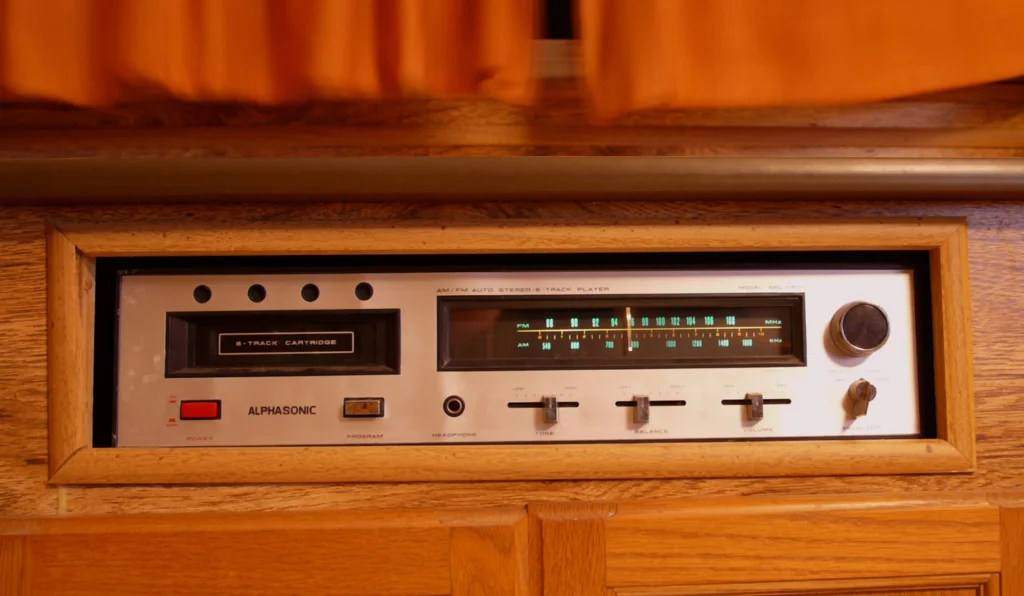
Nothing said “freedom” quite like sliding an 8-track into your car’s dashboard player and hitting the open road with your favorite tunes. These chunky rectangular cartridges were built like tanks and could survive being tossed around in glove compartments, under car seats, and in beach bags without missing a beat. The sound quality might not have been perfect, but when you were cruising down the highway with the windows down, perfection was the last thing on your mind.
The beauty of 8-tracks was their portability and durability, even if they did have that annoying habit of switching tracks right in the middle of your favorite song. You’d be singing along to “Hotel California” when suddenly it would fade out, click over to the next program, and fade back in halfway through the guitar solo. But we forgave them because they gave us the soundtrack to our adventures, from family vacations to those special evening drives with someone who made your heart skip a beat.
3. Cassette Tapes – The Ultimate Personal Statement

Cassette tapes were democracy in action – finally, we could make our own albums without needing a record deal or a radio station. The mixtape became the ultimate expression of creativity, friendship, and romance, as we carefully selected each song to tell a story or share our feelings. You’d spend hours crafting the perfect sequence, timing everything just right so songs wouldn’t get cut off, and decorating the case with elaborate artwork and heartfelt liner notes.
These little plastic rectangles taught us patience and dedication in ways we didn’t even realize at the time. You’d sit by the radio for hours waiting for your favorite song to come on so you could hit record at just the right moment, finger poised over the pause button. And who could forget the satisfaction of fixing a tangled tape by carefully winding it back with a pencil, or the heartbreak of watching your favorite mixtape get eaten by a hungry cassette player?
4. 45 RPM Singles – The Perfect Three-Minute Escape
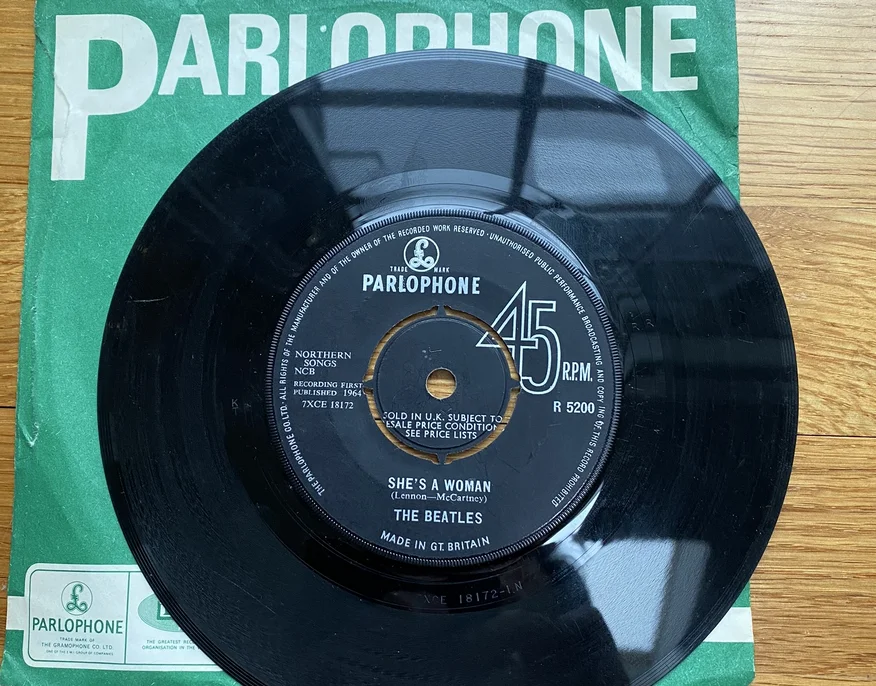
Before playlists and shuffle modes, we had 45s – those small vinyl discs that delivered pure, concentrated musical joy in bite-sized portions. Each single was like a little present, complete with its own picture sleeve that often became as iconic as the song itself. You’d rush to the record store every week to see what new releases had arrived, and finding that one special single felt like striking gold.
The flip side was always an adventure – sometimes you’d discover a hidden gem that was even better than the hit song everyone was talking about. These little records were perfect for parties because you could change the mood quickly, and they were cheap enough that you could build a collection without breaking the bank. There was something magical about owning the exact same piece of vinyl that was playing on the radio, knowing that your copy was spinning at the same 45 revolutions per minute as the ones in radio stations across the country.
5. Reel-to-Reel Tapes – The Audiophile’s Dream
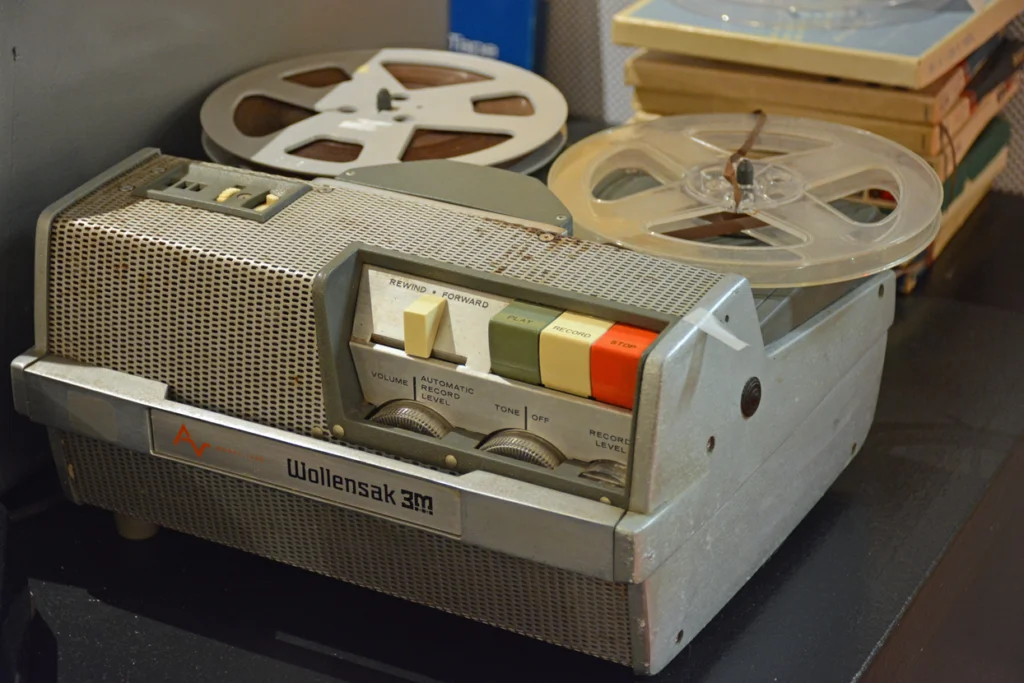
For those who took their music seriously, reel-to-reel was the ultimate format – the Cadillac of home audio systems. These impressive machines looked like something from a recording studio, with their large reels slowly turning and yards of tape threading through an intricate path of guides and heads. The sound quality was phenomenal, better than anything else available to home listeners, and watching those reels turn while the music played was almost hypnotic.
Operating a reel-to-reel system made you feel like a professional engineer, threading the tape through the machine and adjusting levels like you were mixing the next big hit. The tapes themselves were expensive and required careful handling, but serious music lovers swore by them for critical listening sessions. Plus, you could record at different speeds to balance quality with tape length, making difficult decisions about whether that concert was worth using up precious high-speed tape or if the slower speed would suffice.
6. AM/FM Radio – The Great Musical Democracy
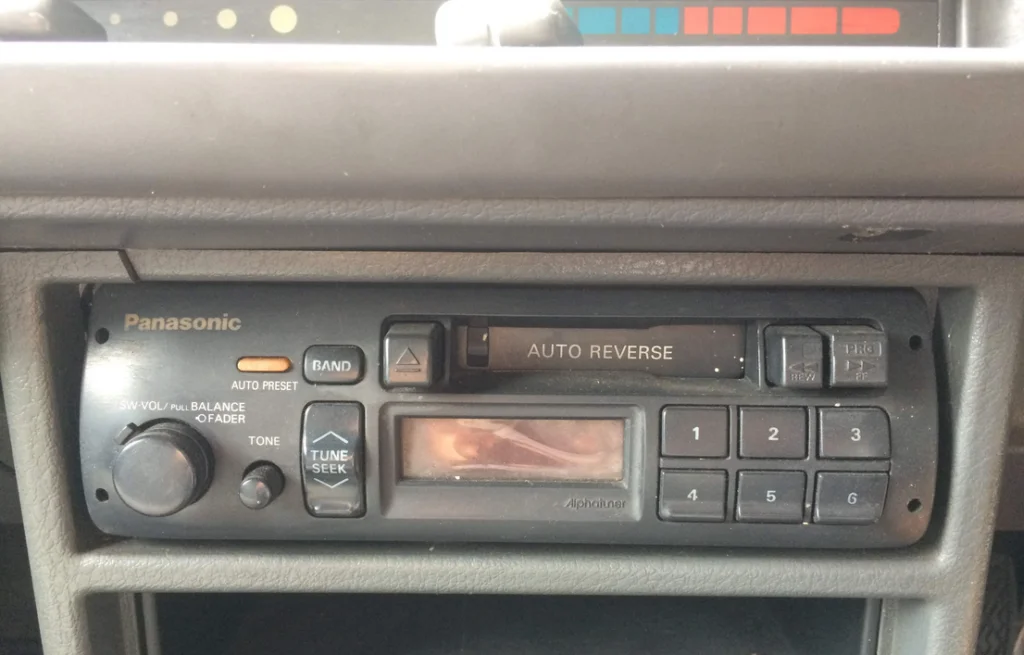
Before we could choose exactly what to listen to at any moment, radio was our window into the musical world, and the DJ was our trusted guide through the landscape of sound. Every car ride, every morning getting ready, every late night doing homework was accompanied by the voices of radio personalities who felt like friends, introducing us to new songs and artists we might never have discovered otherwise. The anticipation of hearing your favorite song come on was genuine excitement – you couldn’t just play it whenever you wanted.
Radio taught us to appreciate the element of surprise and the joy of shared musical experiences. When a great song came on, everyone listening to that station was hearing it at exactly the same moment, creating an invisible community of music lovers across your city or region. And there was nothing quite like staying up late with a transistor radio under your pillow, exploring distant AM stations that would fade in and out like musical ghosts, bringing you sounds from hundreds of miles away on nights when the atmospheric conditions were just right.
7. Piano Rolls – The Mechanical Marvels
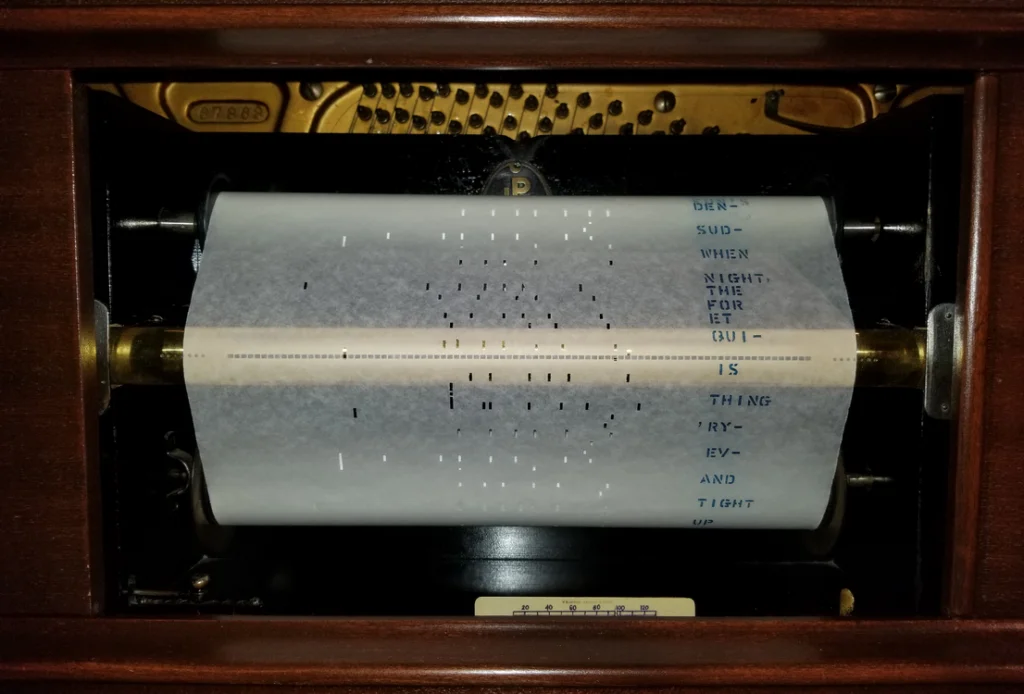
Long before electricity powered our music, piano rolls brought the magic of live performance into homes across America through the wonder of player pianos. These perforated paper scrolls were like sheet music for machines, with thousands of tiny holes that told the piano exactly which keys to press and when. Watching those keys move up and down by themselves was pure enchantment, especially for children who thought they were witnessing some kind of musical magic.
The beauty of piano rolls was that they captured the actual playing style of famous pianists and composers, preserving their tempo, dynamics, and personal interpretations in a way that sheet music never could. You could have Scott Joplin himself playing ragtime in your parlor, or enjoy a classical masterpiece performed by a concert virtuoso, all without leaving your living room. These rolls turned every home with a player piano into a concert hall, and the social aspect of gathering around to listen created memories that lasted lifetimes.
8. Wire Recorders – The Forgotten Pioneers
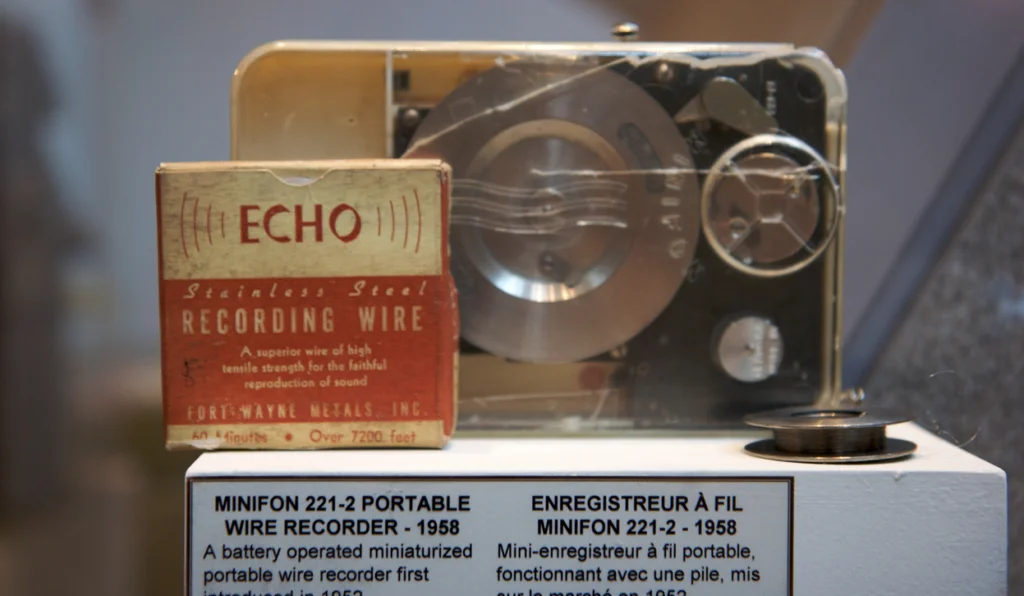
Before tape became king, there was wire – thin steel wire that could capture and play back sound with remarkable clarity for its time. Wire recorders looked like something from a science fiction movie, with their spools of gleaming metal thread and mechanical precision that seemed almost too advanced for the 1940s and early 1950s. The process of threading that incredibly thin wire through the machine required a steady hand and patience, but the results were worth the effort.
These machines were popular with radio stations, government agencies, and serious audio enthusiasts who appreciated their superior sound quality and durability compared to earlier recording methods. The wire itself was practically indestructible – you could tangle it, stretch it, even break it and splice it back together, and it would still play your recordings perfectly. Unfortunately, the wire was also sharp enough to cut your fingers if you weren’t careful, and splicing required actual soldering, making this format more suited to professionals than casual home users.
9. Transcription Discs – The Radio Station Treasures
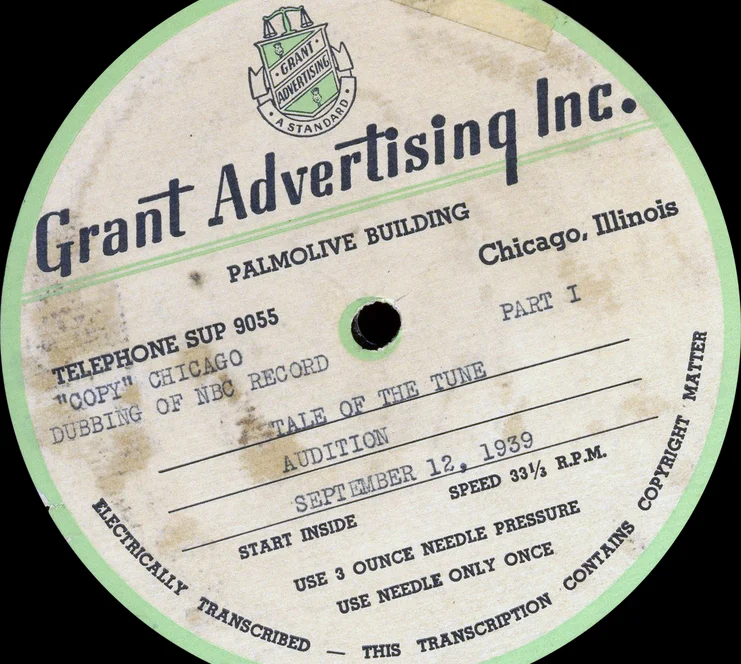
Radio stations had their own special format that most listeners never saw but heard every day – transcription discs, those large 16-inch records that played at 33⅓ RPM and could hold up to 15 minutes per side. These weren’t available in record stores; they were custom-made for radio stations and contained everything from syndicated shows to commercial jingles to special DJ versions of popular songs. The quality was exceptional because they were designed for broadcast, and many contained unique edits or versions that never made it to commercial release.
What made transcription discs special was their exclusivity and the treasures they contained – alternate takes, extended versions, and sometimes completely different arrangements of familiar songs. Radio DJs treated these like gold, and stations guarded them carefully because they often contained programming that couldn’t be found anywhere else. Years later, when these discs started showing up at garage sales and flea markets, collectors would pay top dollar for them, knowing they might contain a piece of radio history that had been lost to time.
10. Edison Cylinders – Where It All Began
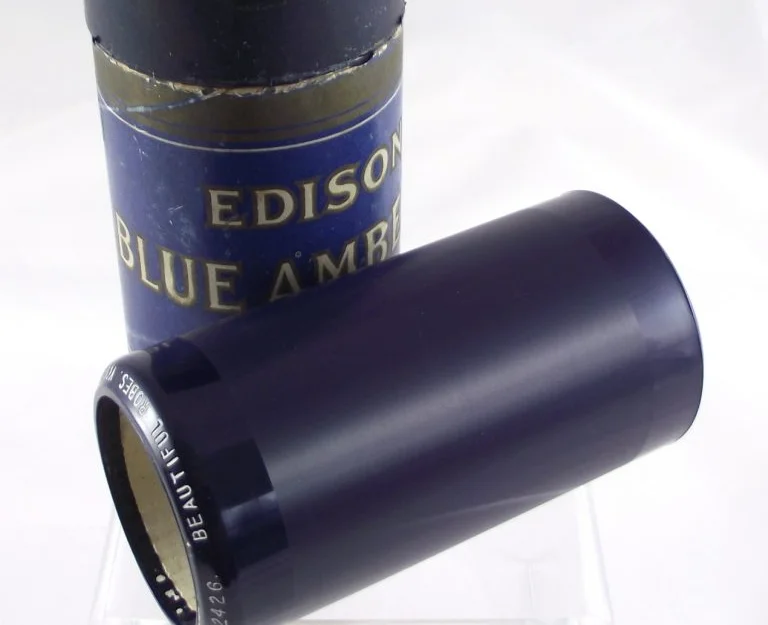
Before there were records, before there was tape, before there was anything we’d recognize as recorded music, there were Edison cylinders – those fascinating wax tubes that started the whole recorded music revolution in the 1890s. These cylindrical recordings required a special phonograph that looked more like a scientific instrument than a music player, with its large horn and delicate needle that traced the sound waves carved into the wax surface. Listening to one was like stepping into a time machine, hearing voices and music from an era when recording sound seemed like pure magic.
The sound quality was primitive by later standards, with a scratchy, distant quality that made every recording sound like it was coming from another world. But for people hearing recorded music for the first time, it was absolutely miraculous – the idea that you could capture a performance and play it back whenever you wanted was revolutionary. These cylinders were also recordable, so families could make their own recordings, preserving voices and songs that would otherwise have been lost forever, making them the great-grandparents of every home recording format that followed.
11. Compact Cassettes vs. Microcassettes – The Tiny Revolution
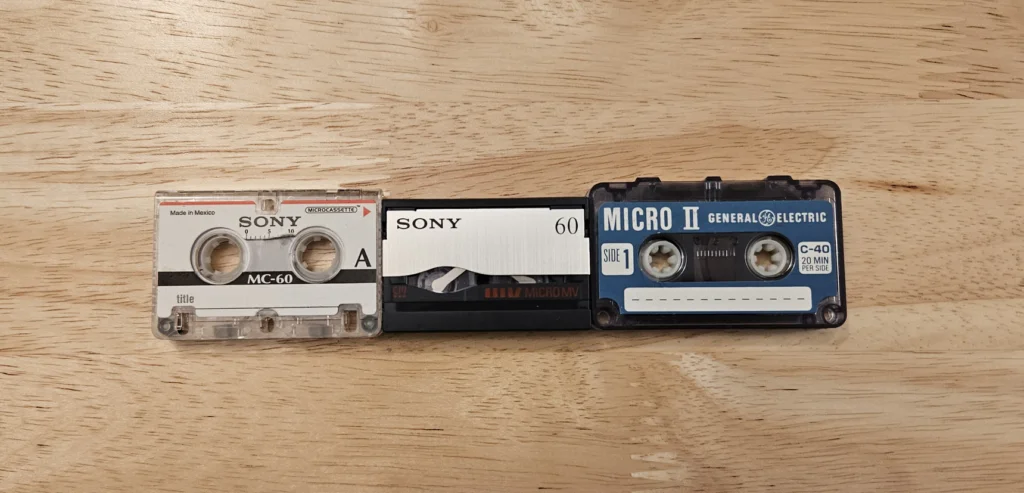
While standard cassettes were changing the music world, their smaller cousins – microcassettes – were quietly revolutionizing how we captured and preserved speech and music on the go. These tiny cartridges, originally designed for dictation machines and answering machines, could also record music, though with reduced fidelity that somehow made everything sound more intimate and personal. Pocket-sized recorders that used microcassettes became the secret weapons of journalists, students, and anyone who wanted to capture life’s spontaneous musical moments.
The charm of microcassettes lay in their portability and the way they encouraged experimentation – you could carry one in your shirt pocket and record anything that caught your ear, from street musicians to your own humming. The sound had a distinctive compressed quality that actually enhanced certain types of music, particularly folk and acoustic performances that benefited from that warm, slightly muffled character. Many musicians discovered that rough demos recorded on microcassettes had a magical quality that they could never quite recapture in professional studios.
12. Quadraphonic Records and Tapes – The Surround Sound Dream
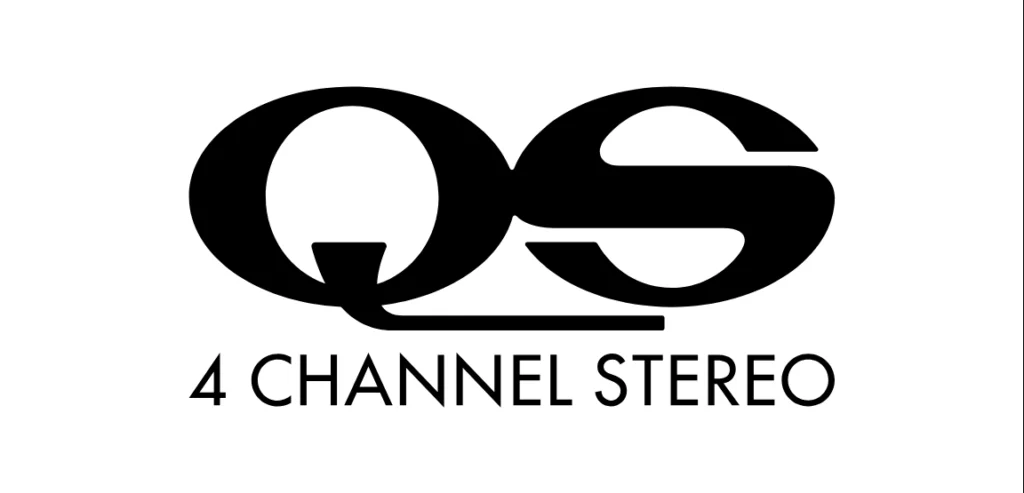
In the early 1970s, the music industry promised us the future: quadraphonic sound that would put us right in the middle of our favorite recordings with four separate audio channels creating a complete sonic environment. Quad records and 8-track tapes were specially mixed to take advantage of four speakers placed around your listening room, creating an immersive experience that made you feel like you were sitting in the recording studio with the band. The technology was impressive, with special decoding equipment that separated the four channels and sent them to speakers positioned at the front left, front right, rear left, and rear right of your room.
The dream was beautiful, but the reality was complicated – you needed expensive quad equipment, the right speaker setup, and recordings that were specifically mixed for quadraphonic playback. Different manufacturers used competing and incompatible quad systems, confusing consumers and limiting the selection of available recordings. Despite these challenges, those who experienced properly set up quadraphonic systems never forgot the magical feeling of being surrounded by music, with instruments and voices moving around the room in ways that wouldn’t become common again until home theater systems decades later.
Those were the days when music felt like something you had to work a little harder for, when every format had its own character and charm. Sure, CDs brought us convenience and crystal-clear sound, but they also took away some of the magic – the ritual, the anticipation, and the beautiful imperfections that made each listening experience unique. Maybe that’s why so many of us still smile when we hear that familiar crackle of vinyl or remember the satisfaction of creating the perfect mixtape for someone special.
This story Music Formats We Swore By Before CDs Took Over Everything was first published on Takes Me Back.


